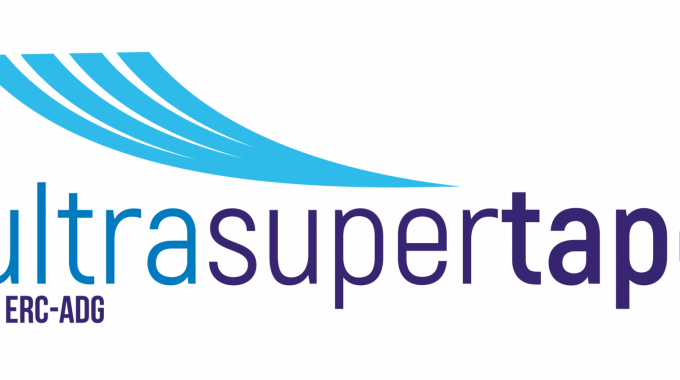
PhD call offer entitled: “Vortex physics in the overdoped state of High Temperature Superconductors”
Superconductivity is a macroscopic quantum phenomenon with outstanding properties and impact in many applications. Since their discovery a century ago, powerful applications arose specially demonstrating their competences in the generation of very high magnetic fields (NMR, MRI) and high sensitivity in ultra-small magnetic fields (SQUIDs). The quantum nature of superconductivity enabled the formation of a condensate at the energy ground state by electron-pairing (Cooper pairs) separated from the electronic excited states by an s-wave superconducting gap.
Since high temperature superconducting (HTS) cuprate materials were discovered 30 years ago, many additional applications were envisaged since large currents without losses could be expected at liquid nitrogen temperatures, however they had to face unknown science and new materials engineering complexities. HTS are strongly correlated systems, showing unconventional superconductivity with a d-wave pairing symmetry and their microscopic theory is still unidentified. In addition, they need to be doped to be superconductors, they are Mott insulators in the underdoped state where also a pseudogap develops. Novel vortex phases and behaviour also appear, mainly associated to the higher thermal fluctuations, larger crystalline anisotropy and nanometric nature of the HTS superconducting parameters. Disorder is a strong enemy for the superconducting state of HTS, but if properly designed, it can be used as an outstanding source for vortex pinning, as we have shown in [1,2].
Beyond the still unsolved questions, nowadays, the international community is able to fabricate HTS materials for high current energy efficient applications (high power cables, wind generators, electrical aviation) and large scale infrastructures (fusion, circular colliders, NMR beyond 1 GHz).
The project aims at studying the physical properties of nanostructured HTS films with special emphasis in the understanding of the strain-disorder vortex pinning mechanism and their consequences in the condensation energy of the overdoped state, to approach theoretical physical performance values. Angular electrical transport measurements at high fields and low temperatures, charge carrier measurements, transmission electron microscopy, scanning tunneling spectroscopy and measurements of the density of state at Synchrotron sources are envisaged. This is part of an ERC-project that is investigating a new ultrafast low cost non-equilibrium growth method (TLAG) [3] and the routes to approach theoretical limits for their performances. HTS films and nanocomposite layers will be investigated where nanoparticles are incorporated in the superconducting matrix to manipulate the local atomic-strain distribution. The electronic state will be modified by oxygen doping treatments.
[1] J. Gutierrez et al, Nat Mat 6, 367 (2007) [2] A. Llordes et al, Nature Materials 11, 329 (2012) [3] L. Soler et al, Nature Communications 11, 344 (2020)REQUIREMENTS and VALUABLE MERITS
– Bachelor in physics and master in physics, nanoscience or related fields.
– Good knowledge in Condensed Matter Physics
– A high level of English. All working meeting are held in English
– High motivation to experimental research.
– Working aptitudes in a collaborative group.
Excellent candidates, from anywhere in the world, should send their CV, academic grades certificate and reference letters to:
First recruitment deadline is for July 15th. The recruitment process will be closed when a suitable candidate is found.
Candidates with a master degree for summer 2020 will also be considered.
Contact Person: Teresa Puig, CSIC Research Professor.
